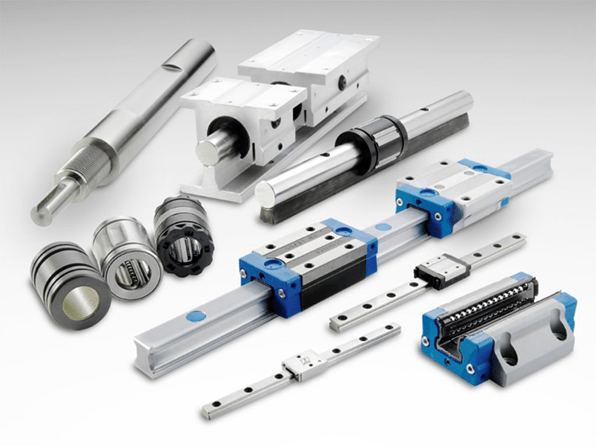
Figure 1: Different types of linear guideways.
As one of the most important parts of transmission system, the linear guideway has different types to meet different needs. This article will briefly introduce three classifications of linear guideways.
1. According to the Rolling Body
Linear guideways can be divided into ball type and (cylindrical) roller type. The most direct difference between the two is the rolling medium. The former uses a steel ball, while the latter uses a steel roller. Besides, they also have differences in bearing capacity. In the roller guideway, the total contact area is large and can therefore beat a large load, while the ball guideway uses a spherical roller bearing, which can bear relatively small loads.
However, the advantage of the ball guideway is that, because the total contact area is small, its frictional resistance is correspondingly smaller. In general, the ball linear guideway can run in a higher speed but is less rigid. The roller linear guideway is slower, but its rigidity is good.
The ball type is suitable for high speed and light load, while the roller type is suitable for high rigidity and heavy load.
2. According to the Profile of the Groove

Figure 2: An arc groove.
The linear guideways can be divided into arc groove and Gothic groove. The former is a two-point contact, and the latter is a four-point contact. In terms of their pros and cons, the arc-groove linear guideway is easily installed but has severe deviation. The Gothic groove linear guideway has no deviation and strong rigidity but has a little more friction. In general, the gothic type is more widely used.
3. According to Types of Friction
The linear guideways can also be divided into sliding, escalate, rolling and fluid linear guideways. However, the sliding, escalate, and fluid types are not commonly used compared to the rolling guideway, because it has the following advantages:
1)The sensitivity is very high; the coefficient of dynamic friction is extremely close to that of static friction, so the movement is stable; and the phenomenon of crawling is not easy to occur when moving at low speed.
2) High positioning accuracy; repeat positioning accuracy can reach 0.2μm.
3) Small friction resistance, easy movement, low noises, small wear and good precision retention.
But the rolling guideway is not without disadvantages: its anti-vibration resistance is poor, and the requirements for protection are high.
Related Info
How to Install a Flame Detector?Tips to Prevent False Flame Detector Alarm
Things to Consider before Purchasing a Point-type Infrared Flame Detector
The Constitution of a Linear Guideway
How do Linear Guideways Work?


